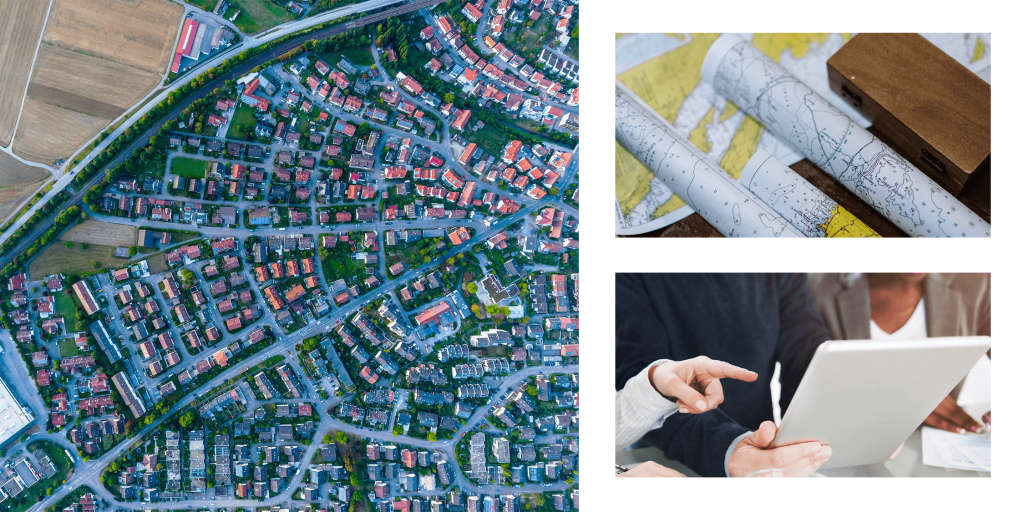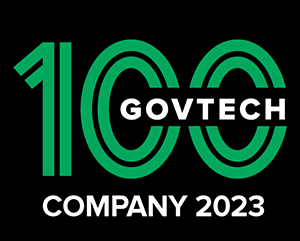The Importance of Ongoing Technology Assessment in Government
Posted on July 7, 2022
After a disagreeable first term, Ulysses S. Grant stood at the US Capital in 1873 for his second inaugural address and assured the American people that, “The theory of government changes with general progress”. He was proven right when the timely invention of the telegraph and steam engine left the country with a far more promising view of Reconstruction ahead.
The spirit that carried Reconstruction has held consistent ever since. Overcoming a global pandemic illustrated massive public health opportunities for enhanced agility, responsiveness and scale. Persevering through present-day challenges and leading a more prosperous future is vital. Innovation will remain a leading factor towards recovery.
In 2021, state and local technology spending totaled $118.7 billion. That number has gone up every year over the last five years and is up almost 20% since 2012 Why’s this important? Marcus Shepheard, the lead researcher at ‘Institute for Government’, offers a good explanation. “In some instances, these technologies will provide insights or perform tasks that were previously impossible. In other cases, they will do things that were possible in principle, but impractical in reality – due to the time or cost of using humans to perform these tasks. These technologies may also do things that people currently do, just with greater precision or speed.”

How these funds are leveraged fundamentally shapes our citizen experience. Public services, policy design and meaningful regulation are all a direct byproduct of this yearly allocation. It’s of the utmost importance to continually assess which technologies local governments are utilizing and strategize around how they can be improved.
Areas of Focus
Private sector businesses have felt the pressure to innovate faster as a means of keeping up with growing populations, feature demands and competition. Similar expectations are making their way to the public sector – a new generation of citizens wanting things faster, on their phones, and more immediate than ever. Ensuring each public agency has modern tools and processes in place benefits every citizen seeking public service. It also frees up more time for these agencies to dedicate towards strategic, high-level priorities.
Committing time and money to improving these areas opens a wider door for collaboration between public entities. Coordinating efforts, sharing data, and addressing vulnerabilities push the envelope on the standard our government is capable of.
Better overall awareness and monitoring also help identify security vulnerabilities. “92 percent of Federal IT managers have said it’s urgent for their agency to modernize legacy applications, citing the largest driving factors as security issues (42 percent), time required to manage and/or maintain systems (36 percent), and inflexibility and integration issues (31 percent)” (Meritalk, Press Release).
Modern technology also prompts new regulatory needs and opportunities. With improved efficiency, agencies can adopt policy changes in a way that’s dynamic and based on more definitive data. The ultimate outcome here is increased trust and confidence for citizens. Focusing on which technology is being used and optimizing it allows governments to prioritize service, manage strategy and stay secure, all while building a thriving community around them.

What’s Next?
The idea of a government implementing modern tech and assessing it well is a pretty agreeable objective. But carrying out that goal is easier said than done. For two decades, the United States employed an ‘Office of Technology Assessment’ (OTA) dedicated to advising Congress. It was critical for relaying meaningful information on things like energy, the internet, environmental sciences, and space exploration. Budget cuts shut down OTA in 1995 and it might be just the right time for a comeback.
At the local government level, training and insight should be at the top of the totem pole when it comes to technology. Choosing vendors who put an emphasis on documentation and instruction should be critical to technology decisions. Staff should review how their tools are operating regularly and communicate challenges or suggested improvements.
Within the terms of vendor contracts, local governments should require details on the updates and efficacy of their systems. They could also assign a team of staff responsible for overseeing and communicating the performance of these systems. This would keep things fresh and improve the accountability of both parties involved.
Given the challenges our country faces today, an acute technology awareness in the public sector is more necessary than ever. The assessment and decisions made around technology will build citizens’ trust and promote sensible, savvy policy. And a stronger focus on modern solutions with strong cyber security will ensure the Government remains open for business and serving its constituents.
-Bryce Bullock, Central Region Sales

